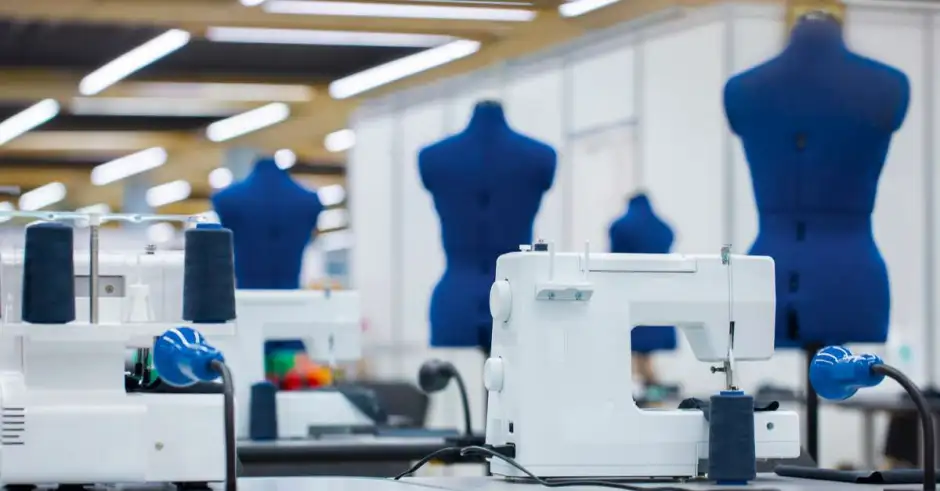What is MTO (Make-to-Order)? MTO vs. ETO Comparison in Details
Make to Order (MTO) is a production technique in which producers start manufacturing a product only after the customer places an order for it. In such a case, commodities are produced in a customized manner according to the specifications of the customer.
Essentially, MTO can be considered opposite to the make-to-stock strategy (MTS), where products are produced based on forecasted demand rather than specific customer orders
Key Characteristics of MTO Production
- Production Begins After Order Confirmation: In an MTO system, the manufacturing process doesn’t start until the customer's order is confirmed. This ensures the product is tailored to the customer's exact specifications and reduces the risk of producing unwanted inventory.
- Products are Customized to Individual Customer Specifications: MTO allows for high product customization. Customers can specify their requirements, such as dimensions, materials, colors, and features, and the manufacturer will produce the product accordingly.
- Smaller Long-Term Inventories: Since products are only manufactured when ordered, businesses with MTO systems often keep smaller inventories. This reduces inventory holding costs and the risk of obsolescence.
- Longer Lead Times Compared to MTS: Due to the customized nature of MTO products, lead times are typically longer than MTS systems. Customers may need to wait for their orders to be designed, manufactured, and delivered.

The MTO strategy is not suitable for every product or industry. Everyday goods and services, which are meant for mass consumption, are not manufactured in an MTO process. Because of the intricacies and costs involved, MTO tends to be used in certain specialized industries, including:
- Aircraft
- Automotive
- Construction
- Computers
- Fashion
- Furniture
Main Differences Between MTO vs. ETO
Make-to-order (MTO) and engineer-to-order (ETO) seem similar since the production process only starts after an order is placed, allowing the customer to engage in product specifications.
However, there are 2 significant differences between these manufacturing techniques: Customization level & complexity.
| Criteria | MTO (Make-to-Order) | ETO (Engineer-to-Order) production |
|---|---|---|
| Customization level | Product design and technical specifications can be altered, but only applied for basic customization attributes such as color, size, and materials. | Customers can dictate specific design requirements and technical specifications, which are reviewed and approved before the production process begins. |
| Complexity | Moderate complexity - production can commence shortly after order confirmation. | High complexity - demanding profound expertise and close cooperation between the client and manufacturer throughout the entire project duration. |
Benefits of Make-to-Order Production
Competitive advantage
MTO strategy fulfills a customer order with the exact item specifications as required. Each product is personalized to the extent that there is minimal competition. As a result, it gives the firm an edge over its rivals.
Absolute customer satisfaction
With products delivered as per their needs and requirements, customers experience enhanced satisfaction. It also facilitates a more personalized shopping experience than the usual purchase decisions.

No more over-stock or waste
It supports the surplus inventory problems often witnessed in the MTS manufacturing strategy - since the production stage begins only after the order confirmation is received and in the prescribed quantity. It eliminates the possibility of excess unsold products in store. Also, MTO manufacturing method directs all efforts toward personalizing a product as per the customer’s needs. Because the production starts after the order is received, the company allocates only the required workforce and machinery, leaving no room for wastage. Hence, it ensures that human power and equipment are used to their optimum capacity, confirming the effective utilization of financial and other resources.
Extensive selection
Large-scale manufacturing does not include much variety in items due to mass production. Nonetheless, MTO promotes mass customization and develops each product as per the different set of specified requirements. Hence, all items inhibit a certain individual uniqueness lacking in the MTS methodology.
Disadvantages of Make-To-Order
Irregular sales
It is difficult to determine when demand may arise for a particular customized product. So, there may be periods of high sales and months of no sale at all. For example, the demand for military aircraft arises in times of hostile international relations, but such situations cannot be predicted in advance.
Lengthy delivery time
Since production starts after receiving an order, the product reaches the customer after some time. Moreover, because it takes time to customize the product, the delivery time may take longer.
Availability of raw materials
The uncertainty of demand raises the necessity of keeping a sufficient supply of raw materials so that production can start immediately after receiving an order. In case the raw materials are not ready, it takes more time to procure them and deliver the final product to the customer.
Examples of MTO Manufacturing
Customized clothing
Customized clothing is an excellent example of an MTO process. A customer may request a specific type of clothing with particular measurements, materials, and colors. However, they won't be able to change the smallest details of the original design, unless this is classified as ETO (Engineer-to-Order) production.

Food service
Make-to-order is also commonly used in restaurants and other food service establishments. This allows customers to customize their orders by adding or removing certain ingredients. This system ensures that customers always get the exact meal they want.
Specialty parts
Specialty parts are often made-to-order as a manufacturer does not stock them. These parts are typically produced to meet a specific customer’s needs and may involve a particular type of material and design. For example, a customer may order a custom-made part for a car engine, which must be produced according to the customer’s specifications.
READ MORE:
